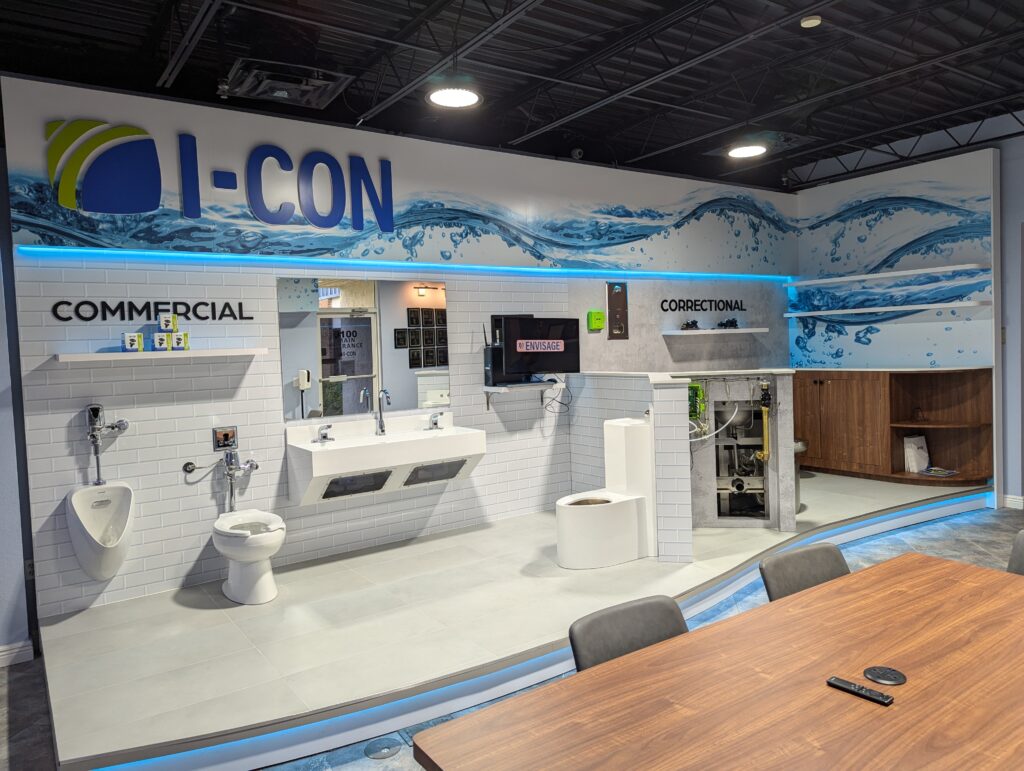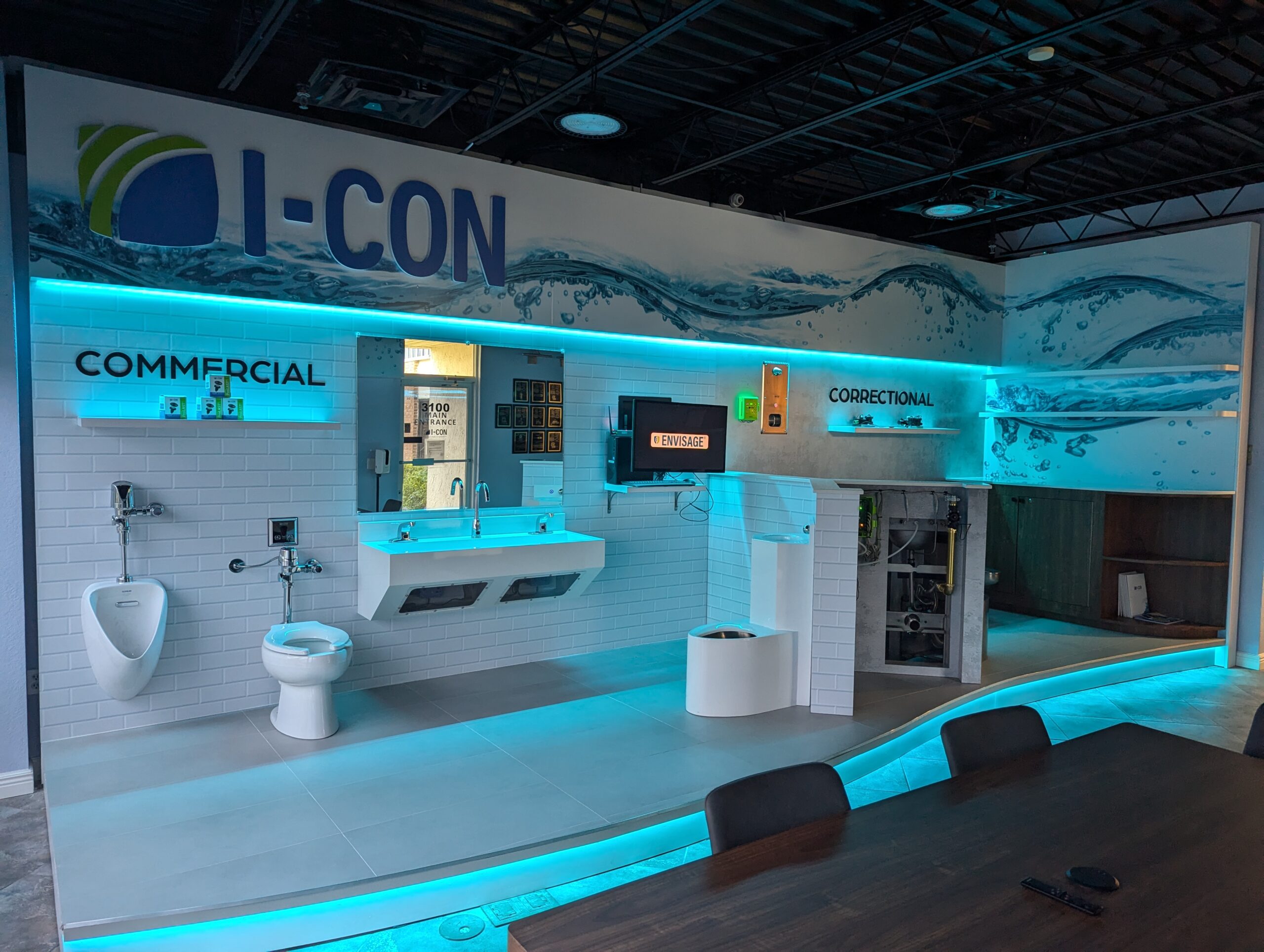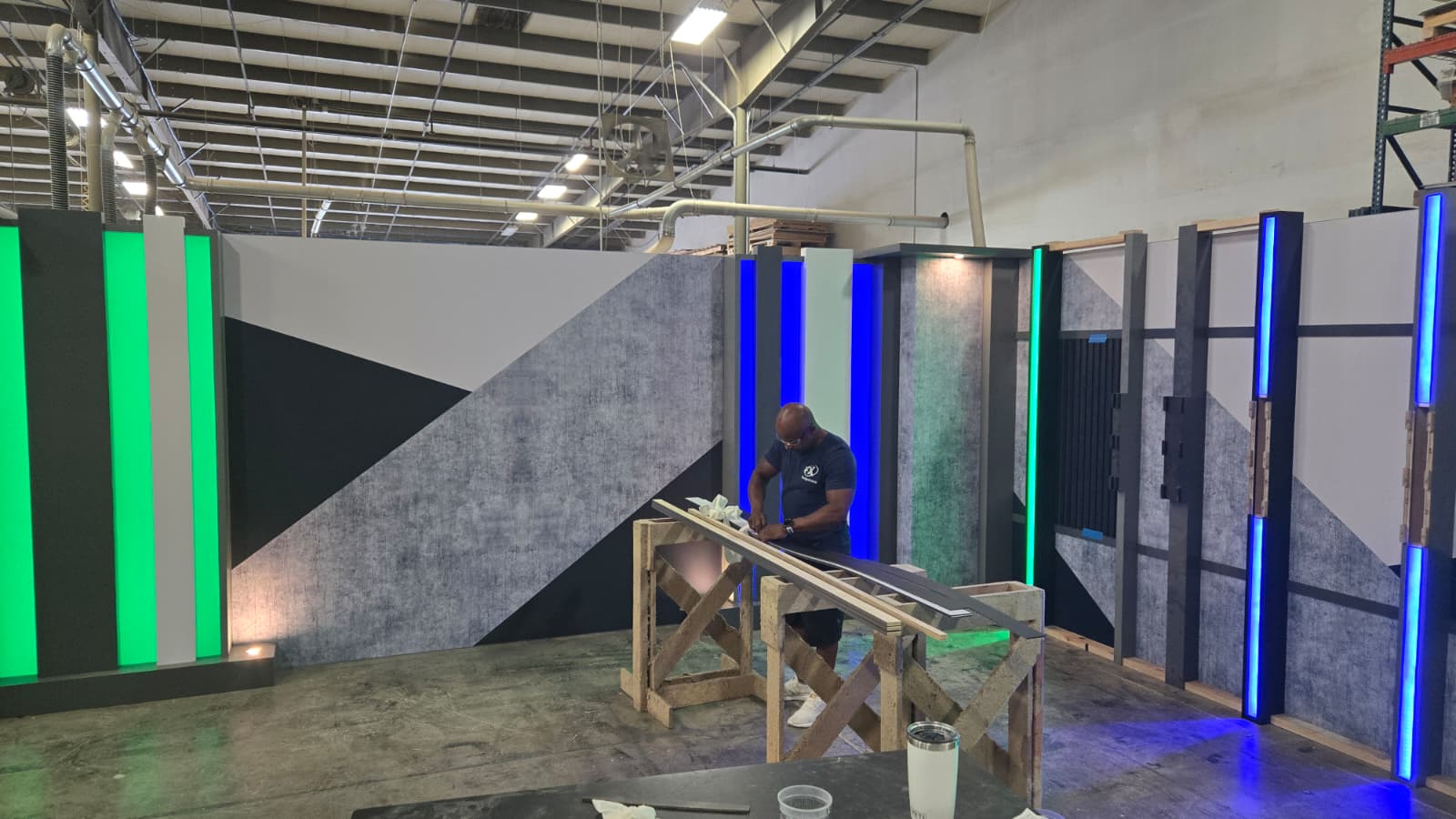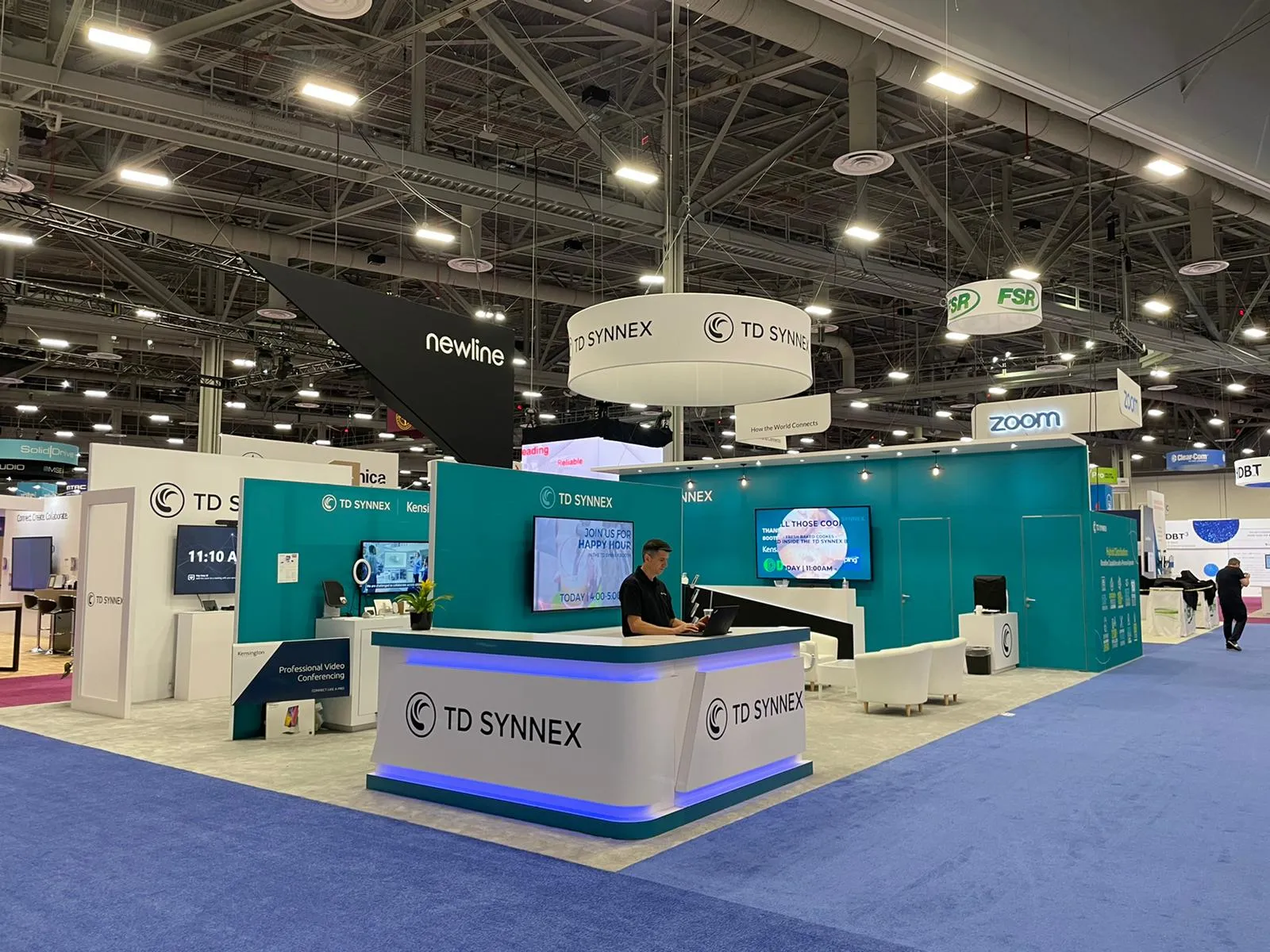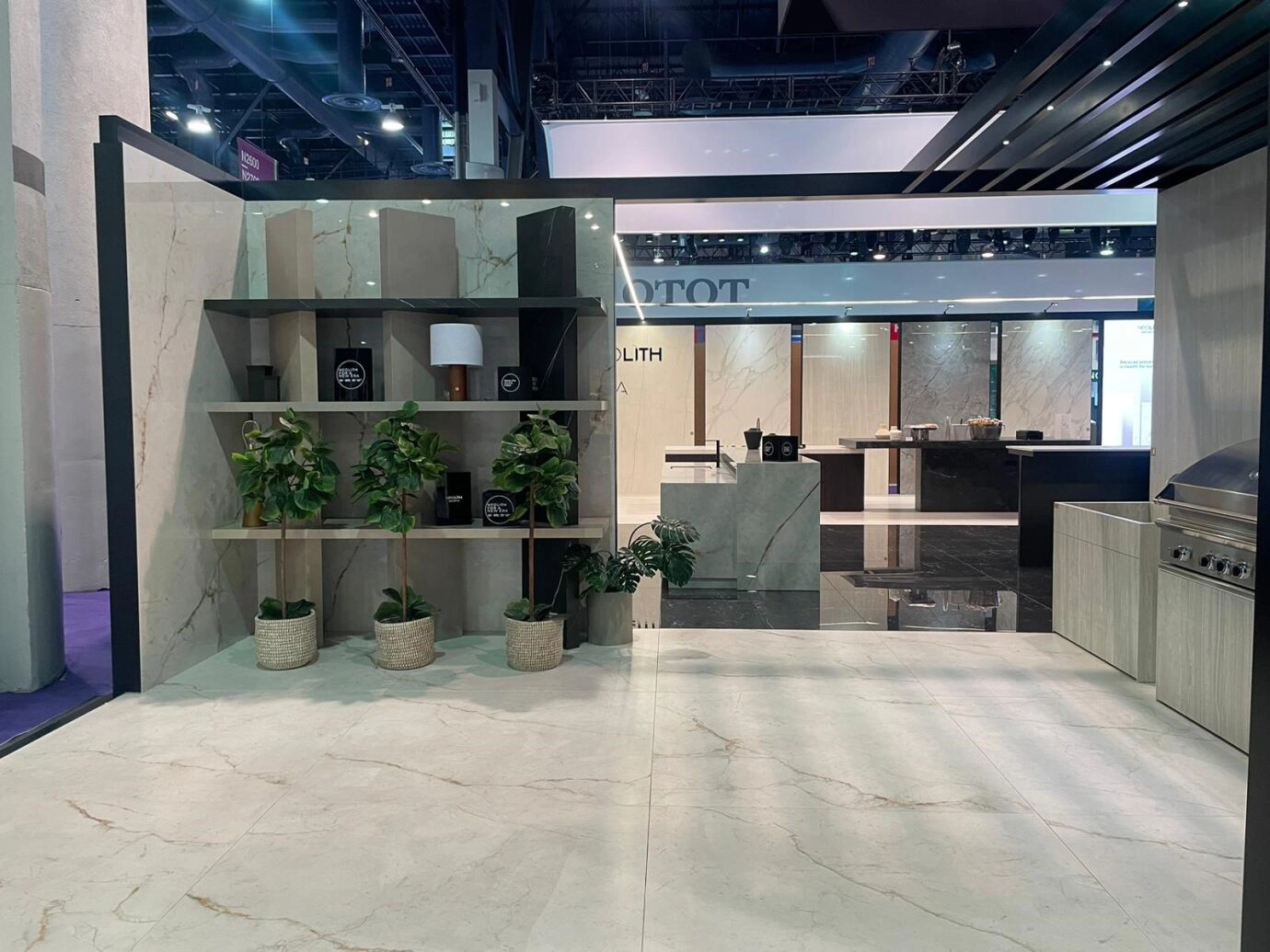 Branded physical environments go beyond aesthetics—they are tangible representations of a brand’s identity, values, and personality. Whether it’s an office that inspires productivity or a physical retail store environment that encourages exploration, branded environment design must resonate with the expectations and emotions of its intended audience.
Branded physical environments go beyond aesthetics—they are tangible representations of a brand’s identity, values, and personality. Whether it’s an office that inspires productivity or a physical retail store environment that encourages exploration, branded environment design must resonate with the expectations and emotions of its intended audience.
A successful branded environment seamlessly blends functionality with storytelling. For example, a wellness brand might use calming colors, natural materials, and open layouts to evoke serenity and health, while a technology company could prioritize sleek, futuristic designs to reflect innovation. Elements such as lighting, textures, and furnishings play pivotal roles in reinforcing the brand’s message – immersive custom branded and themed environments are paramount to commercial interior designs and any retail marketing strategy.
Key Principles for Designing Branded Environments
- Consistency with brand identity: Ensure every element, from signage to furniture, reflects the brand’s core message and visual language, aligning with commercial interior design best practices.
- Engaging experiences: Incorporate interactive displays, zones, or kiosks that invite visitors to directly engage with the brand, enhancing audience connection.
- Intentional flow: Use intuitive layouts to guide visitors naturally, encouraging exploration of key features or products while reflecting in-store marketing strategies.
- Flexibility: Design spaces that adapt to evolving needs or campaigns, ensuring a cohesive and enduring brand presence.
A well-designed branded environment leaves a lasting impression, fostering a meaningful connection between the audience and the brand, while driving engagement and loyalty.
FX Design Group is an industry leader in broadcast set and lighting design, tradeshow exhibits, branded environments, and retail interiors.
Located in Orlando, Florida. Proudly serving clients both across the United States and internationally.
